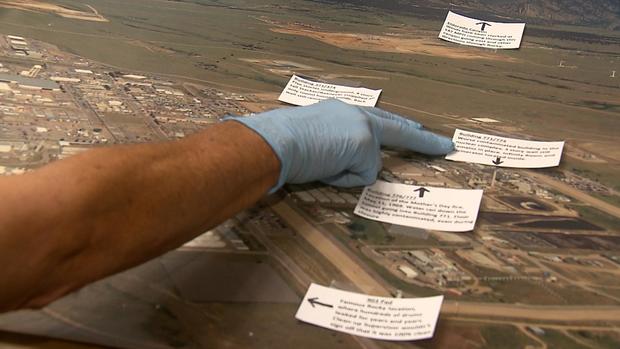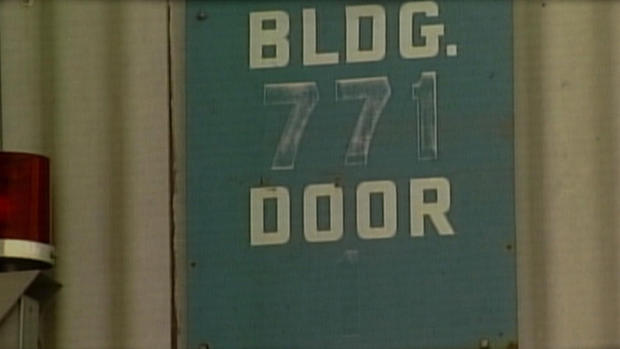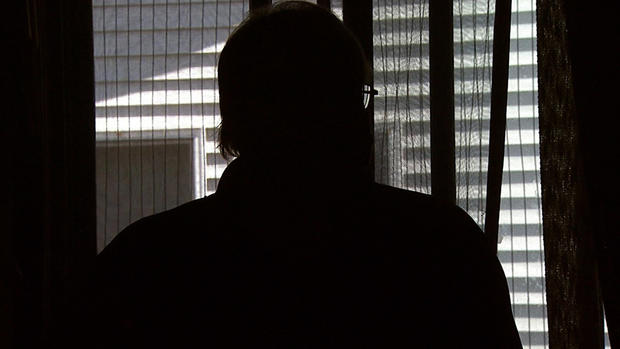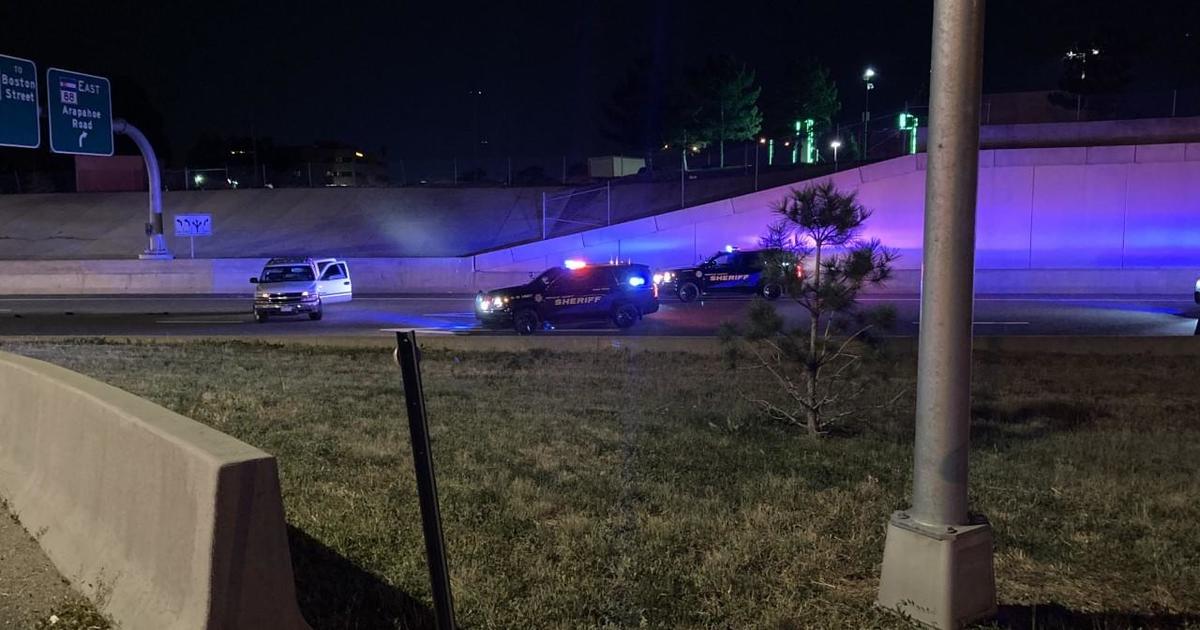Confidentiality Agreements Broken In Attempt To Warn About Rocky Flats
JEFFERSON COUNTY, Colo. (CBS4) - Some people involved in the multi-billion dollar cleanup of Rocky Flats tell CBS4 it was not as effective as it should have been, and that dangers lurk beneath the soil.
Superfund cleanup of the former nuclear weapons production site was completed in 2005.
Rocky Flats has had a long history as a critical role in America's Cold War nuclear efforts. The site was selected by the Atomic Energy Commission in 1952. It was shut down some 40 years later after environmental concerns and a change in presidential policy regarding production of nuclear weapons.
Rocky Flats was built to help protect America, but its nuclear product led to concern for its workers and neighbors. There were fires that sent radioactive plutonium for nuclear triggers into the environment. Corroding barrels of waste were buried in the perimeter buffer zone.
Protests were common, and in 1989 the FBI raided the plant. A massive Superfund cleanup took place until completion in 2005. It's now bordered by homes.
One man who took part in the cleanup as a manager wouldn't reveal his identity because he signed government papers forbidding him to speak. He said it was important for people new to the area to know the nuclear history of Rocky Flats.
"Those people don't have a clue because they came from California and other places and don't know a darned about this," he said. He took CBS4 investigator Rick Sallinger on a "tour" of the former site using an aerial photograph. He pointed to one building in particular.
"It's been covered over with dirt. The floor of the building, the wall still remains in building 771. The wall is still there holding up the wall behind it," he said.
The Department of Energy acknowledges that, but insists it is safely sealed in concrete. It points to multiple tests that show acceptable levels of radioactivity in and around the site. It notes that building is subsurface and covered deeply in dirt.
The problems with Rocky Flats reached a peak in June of 1989. The FBI, EPA and US Department of Justice raided the nuclear weapons production facility.
It resulted in criminal environmental law convictions. Jon Lipsky is the former FBI agent who led that raid on Rocky Flats.
"It's unfinished business to me and with the residential dwellings and the school in this area it's not a good idea," he told CBS4. Lipsky continues to function with others in a watchdog role over what's become of the former nuclear weapons site.
ROCKY FLATS - COLORADO'S NUCLEAR SHADOW: Visit CBS4's Special Section
"When the government says it is safe for general use I think it would be better for everyone to know there is a calculated risk that you could be exposed to plutonium and when you are it's not a good end," Lipsky said.
CBS4 also spoke with another man who was also was deeply involved in the cleanup and asked that we not show his face. He says the plutonium radiation levels in testing were not reliable because he believes the best detection methods were not used.
"It was like sending somebody out to take a picture of the sunset with a tape recorder," he said.
But the Department of Energy has indicated if it would detect possible contamination with one device the process didn't stop there. It would take samples into labs for further analysis.
Carl Spreng has overseen Rocky Flats for the Colorado Department of Public Health and Environment for 25 years. He stands by years of tests that have shown the area is safe.
"There's remedial contamination at Rocky Flats but it's at levels that are well below the acceptable levels for a healthy environment," Spreng said. When asked if he would be willing to live so close to Rocky Flats he replied, "Yes I would."
PHOTO GALLERY: Rocky Flats: Through The Years
No one denies deadly plutonium got into the air, the ground and the water, but despite the cleanup the debate continues.
A large portion of the site is scheduled to open to the public next year after being designated a National Wildlife Refuge.
CBS4's Rick Sallinger is a Peabody award winning reporter who has been with the station more than two decades doing hard news and investigative reporting. Follow him on Twitter @ricksallinger.







